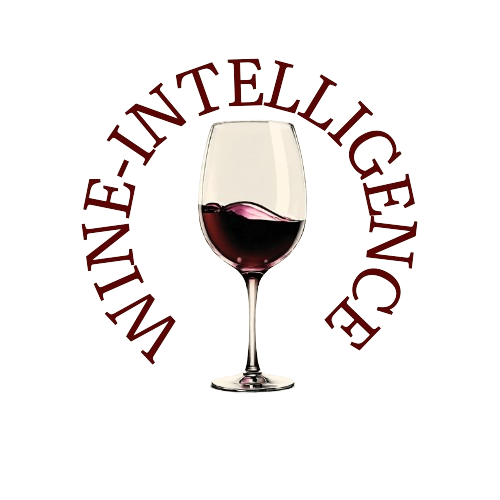In recent decades, the global wine industry has witnessed a notable transformation in consumer preferences, marked by a significant shift in the production and consumption patterns of wines across different categories: red, white, and rosé.
This evolution reflects changing tastes and market dynamics, influenced by cultural shifts, economic factors, and emerging trends in the beverage sector.
Red Wine: Declining Dominance
Historically the cornerstone of wine production, red wine has experienced a steady decline both in production and consumption over the past twenty years. Globally, production of red wine peaked in 2004 and has since dwindled by 25%. At the turn of the century, red wines accounted for nearly half of the world’s total wine production (48%), but recent years have seen this share decrease to 43%.
Production: The decline in red wine production is particularly pronounced in major European wine-producing countries such as France and Italy, which have significantly reduced output. Non-European countries like Chile, Argentina, and the USA, however, have managed to offset some of these losses with positive growth rates in red wine production.
Consumption: In large European markets including Germany, France, Italy, and Spain, demand for red wine has waned since 2000, contributing to the overall decline in consumption. Conversely, countries like China, the USA, Russia, and Brazil have shown increasing appetite for red wine, reshaping global consumption patterns.
White Wine: Rising Popularity
Contrary to red wine, white wine has seen a resurgence in both production and consumption globally. Production has increased by 13% since its lowest point in 2002, surpassing red wine production since 2013. At the beginning of the century, white wine accounted for 46% of global production, which has now risen to 49%, buoyed largely by the popularity of sparkling wines.
Production: Key contributors to the growth in white wine production include Italy, driven by the global success of Prosecco, as well as the USA, South Africa, and Australia. Countries like France and Spain have maintained stable production levels throughout the period.
Consumption: The surge in white wine consumption is predominantly driven by major sparkling wine markets such as the USA, Germany, and the UK. Despite declines in traditional wine-consuming nations like France and Spain, the robust demand in these markets has bolstered overall consumption figures.
Rosé Wine: Emerging Favorite
Rosé wine has emerged as a star performer in the global wine market, experiencing significant growth in both production and consumption. From 2001 to 2021, global rosé production has surged by 25%, with its share of global production increasing from 6-7% to over 8%.
Production: The production of rosé wine is heavily concentrated among a few top-producing countries, with France leading the charge in the Northern Hemisphere. Countries like Chile and South Africa have also shown remarkable growth rates in rosé production over the past two decades.
Consumption: Similar to white wines, the rise in rosé consumption is driven by increased demand in key markets such as the UK, Germany, and the USA. France remains the largest consumer of rosé wine globally, accounting for a significant portion of total consumption.
Conclusion
The evolving landscape of global wine consumption underscores a clear preference shift towards white and rosé wines, while red wines face declining fortunes. This transformation is driven by diverse factors including changing consumer tastes, economic shifts, and the rise of sparkling wines within the white wine category. As the industry navigates these changes, understanding these consumption trends is crucial for stakeholders to adapt strategies and meet evolving market demands effectively.
Source: OIV

